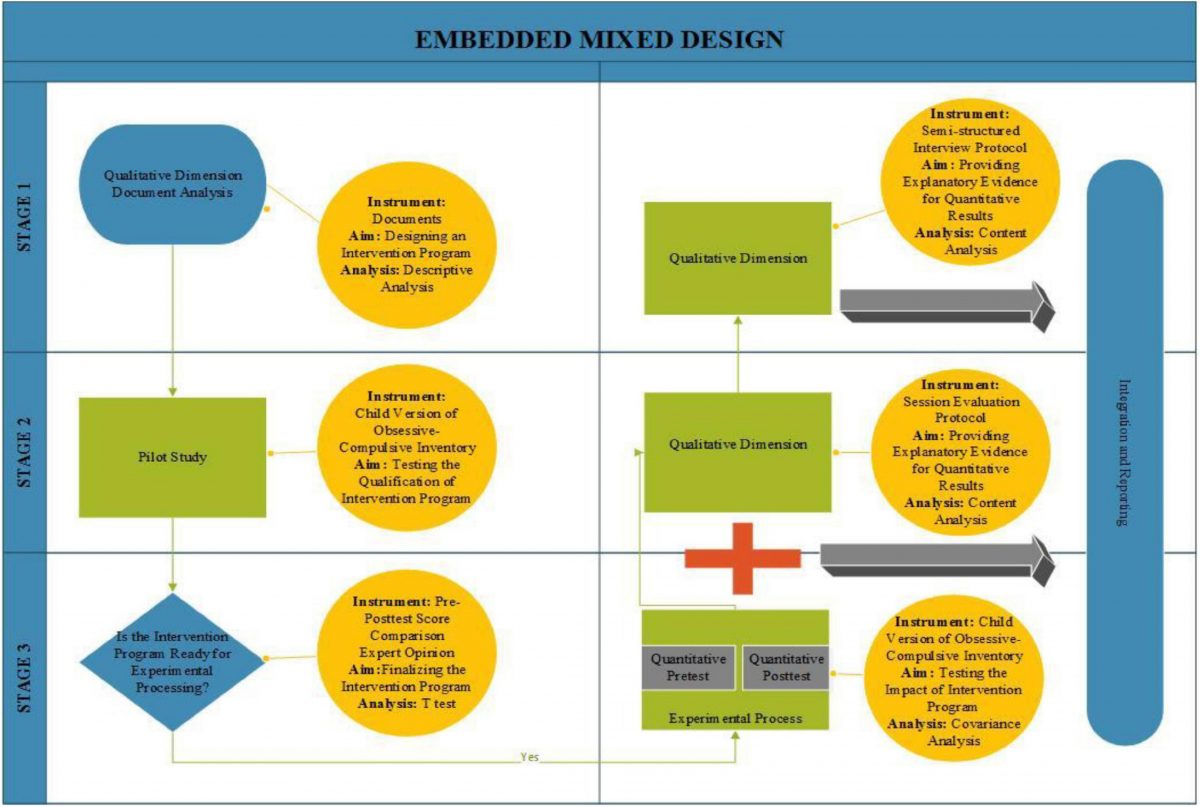
Mishaal Arif
The world has been under the evolving threat of Covid-19 for the past three years which started from the Wuhan province of China. This highly contagious illness spread tremendously enough to affect more than 1.7 million worldwide and claimed the lives of as many as 1 lac people, to date (WHO, 12 April 2020). Borders had to be shut down internationally, economies were severely affected, and billions of people had to be quarantined or isolated at their own homes. As the global health agencies struggled to find a solution for containment, the major strategies recommended by the World Health Organization (WHO) and Centre for Disease Control and Prevention (CDC) were social distancing , hand and respiratory hygiene and other SOP’s.. While apparently it seems to be the easiest to follow, it is noteworthy to mention those who already have their doubts with hygiene and the compulsive need to stay clean; people with obsessive compulsive disorder (OCD).
OCD is a chronic and long-lasting mental health condition which can be marked with extreme uncontrollable recurring thoughts or behaviours repeated over in order to dispense extreme anxiety, if left untreated, it can significantly impact a person’s social, economic, to interpersonal relationships and academic circle (DSM-4, 2000). According to the International OCD Foundation in Boston, the dimensions of obsessive-compulsive symptoms can be of the following types: obsessions of contamination: Germs/disease (example:, HIV, Covid), environmental contamination , fear of harming others , perfectionism, pedophilia, while common compulsions include washing hand excessively, excessive showering, bathing, cleaning excessively, doing other things to prevent or remove contact with contaminants. (Denys, et al, 2004).
Six case reports were reviewed regarding how individuals with OCD responded to their situation during the pandemic. Several of these reports (Lim, et al., 2020; sheu, et al, 2020; French, 2020) reported exacerbation of symptoms in patients diagnosed with OCD. The main symptoms were self-isolation, avoidance of certain foods, and excessive hand washing. In the most severe cases (Lim, et al., 2020), individuals reported symptoms of panic and suicidal ideation or attempted suicide. Previous studies have shown that among all OCD symptoms, patients with major contamination urges and compulsive cleaning tend to have the highest rates of suicide (Chaudry, et al., 2016). Similarly, a study in Egypt examined the long-term impact of Covid-19 infection on sleep and mental health reported that non-severe Covid-patients and people who had recently recovered from covid had the highest percentage in many psychiatric illnesses, including OCD and depression (Ahmed, 2021).
In addition to providing a comprehensive elaboration of health and combining research into positive aspects of health and well-being, the past two decades show that positive attitudes are not only an important part of health, but also can influence the onset of diseases and disorders of the body and recovery processes. The self-awareness of healthy people, characterized by positive emotions, self-control and a positive outlook for the future, provides reserves and the ability to run resources not only to deal with daily pressures but also those that are extremely stressful and threaten human existence (Taylor et al., 2000).
Rationale
The purpose of this study was to examine the relationship of dimensional obsessive-compulsive symptoms and mental wellbeing of adolescents in post Covid-19 situation in Pakistan. The objectives of this study were i.e., investigating the relationship of mental wellbeing and obsessive-compulsive symptoms as well as exploring which gender has developed more Dimensional Obsessive-compulsive symptoms among male and female adolescents. As Previous studies were focused on psychiatric disorders and OCD patients. The current research aimed to study mainly the symptoms of OCD in adolescents instead of the mental disorder itself.
Results and discussion of study
According to the first hypothesis of this study, there exists an inverse relationship between Dimensional Obsessive-Compulsive Symptoms and Mental Wellbeing of adolescents. The results of this study showed that there is negative correlation between the two study variables. Recent metanalysis of previous study found that there was increased risk of depression and anxiety in patients suffering from Covid as compared to other patients (Deng et al., 2021). Furthermore, there has been large research conducted to evaluate psychological symptoms within 3 months after infection in Covid -19 diagnosed patients these survivors reported high rate of psychiatric disorders such as dementia, generalized anxiety disorder and obsessive-compulsive tendencies. (Taquet et al., 2021). According to the second hypothesis of this study, female participants were more affected by OCD symptoms than male participants. The data showed clear difference in the means of male and female participants. A study conducted in Denmark (2020) showed that 61.2% of female participants reported a worsening of OCD symptoms, demonstrating contamination symptoms, and psychiatric comorbidities which were associated with increased OCD severity. The data from the current research also showed a positive correlation for all study variables, meaning they affirmed the existence of symptoms to be directly related to variables for Covid. i.e., The correlations for Covid experience and DOCS were r= .344**, for covid positive in family and DOCS it was r= .347** , for death of immediate member of family and DOCS, the value was r= .290** respectively. The highest positive correlation among all variables was that of Covid positive in family and Dimensional obsessive-compulsive symptoms.
Conclusion
The overall results of this study showed that there is an inverse relation between OCD symptoms and mental wellbeing of adolescents, i.e., increase in OCD symptoms = decrease in mental health, and that there is significant gender difference in the population regarding development of OCD symptoms i.e., the female population is more affected by development of OCD symptoms in post Covid-19 era as compared to male BS student sample of Pakistan.
Limitations and suggestions
- It is suggested to generalize results of the variables to larger sample size as this study was restricted to 230 participants. It was focused on adolescents of BS standard of education ,so suggestion is to expand the scope of study by applying to other populations as well.
- Since the current research could not assess the cultural aspect to Covid and there was no specific measuring tool to see post Covid dimension in population, it is suggested to use a scale that can see dimensions of OCD in Post-Covid situation.
- The current study followed cross sectional research design. To investigate the long-term consequences of public-health advice associated to the COVID-19 pandemic on OCD symptoms, future longitudinal research is warranted.
Mishaal Arif is a student of BS applied psychology and is currently conducting a survey on Relationship of Dimensional obsessive-compulsive symptoms and mental wellbeing in Adolescents: Post- Covid Analysis, has done various research on psychological issues and is also working with various think tanks.


